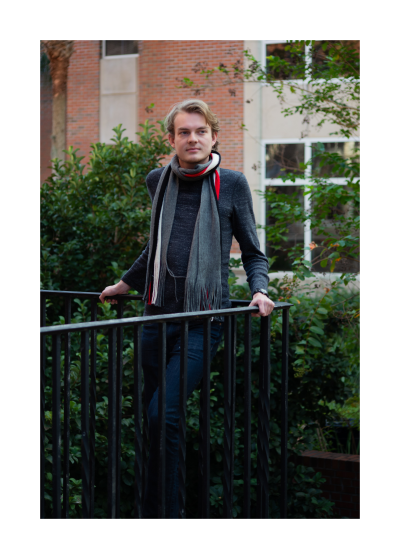
About me
I am a fourth year Ph.D. candidate at the University of Texas at Austin supported by an NSF Graduate Research Fellowship and the Provost's Graduate Excellence Fellowship. Currently I am broadly interested in the calculus of variations, geometric analysis, Riemannian geometry, and convex analysis.
I graduated in 2020 from the University of Florida with a bachelors in mathematics and a minor in chemistry. My senior thesis contained a proof of the Gauss-Bonnet theorem for orientable 2-manifolds by computing variations of several geometric objects. You can view it here.
My CV can be found here. (Updated Feb 19 2024)
Personal:
Under construction.